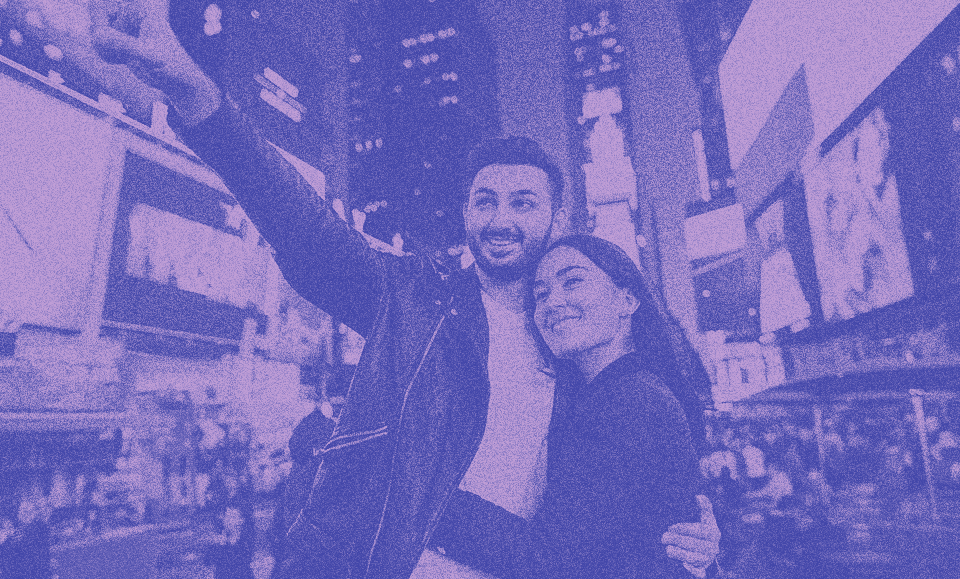Planning a journey to the United States involves navigating various visa options. For temporary visitors, the B-1 and B-2 visas represent the primary pathways for entry. While these classifications share similarities, understanding their distinct purposes and requirements can save travelers considerable confusion and potential complications at the border.
Understanding the Basics
The U.S. welcomes millions of international visitors annually through its nonimmigrant visa program. Among these, the B visa category specifically caters to individuals seeking temporary admission for business engagements or leisure activities. The B-1 designation applies to business travelers, while the B-2 serves those visiting for pleasure, tourism, or medical treatment. Frequently, consular officers issue a combined B-1/B-2 visa, offering flexibility for travelers whose trips might encompass multiple purposes.
When applying for either classification, candidates must demonstrate nonimmigrant intent—convincing evidence they plan to return to their home country after their authorized stay. This typically includes proof of strong ties to their homeland through employment, property ownership, family connections, or other compelling commitments that would necessitate their return.
Starting with the B-1, let’s take a closer look at each visa.
The B-1 Business Visitor Visa
The B-1 classification accommodates foreign nationals entering the U.S. temporarily for commercial purposes. Contrary to common misconception, this visa does not permit actual employment or receiving compensation from American sources. Instead, it facilitates participation in business activities such as attending conferences, conventions, or seminars; negotiating contracts or consulting with associates; participating in short-term training programs; researching investment opportunities; and settling estates or handling property transactions.
Professionals utilizing this category must maintain their residence abroad and receive compensation exclusively from non-U.S. sources. The duration of stay typically ranges from one to six months, though extensions remain possible under certain circumstances.
The B-2 Tourist Visa
For those seeking admission purely for recreational purposes, the B-2 classification offers the appropriate avenue. This category encompasses vacation travel and sightseeing excursions; visits with friends or relatives residing in America; medical treatment from U.S. healthcare providers; participation in social events or amateur competitions; and enrollment in recreational courses (not for credit).
Similar to its business counterpart, the B-2 visa generally allows stays between one and six months. The exact authorized period depends on the immigration officer's judgment upon arrival, who considers the stated purpose and planned itinerary when determining an appropriate timeframe.
Application Process and Documentation
The visa application process requires careful attention to detail and thorough documentation. Applicants must complete several steps and provide various documents to demonstrate their eligibility and intentions. Here are the key requirements and steps:
- Submit the online Form DS-160 and pay the application fee
- Schedule and attend an interview at a U.S. embassy or consulate. You can schedule the interview either in your home country or abroad.
At the consular interview, you will need to present required documentation including:
- Valid passport (with at least six months validity beyond intended stay)
- DS-160 confirmation page
- Photo meeting specific requirements
You might be asked the following:
- Application fee payment receipt
- Evidence of trip purpose
- Proof of sufficient funds
- Documentation showing strong ties to home country
The consular officer evaluates these materials while assessing the applicant's credibility and intentions, and if the applicant is found eligible, the application gets approved at the end of the interview.
Key Differences and Considerations
While B-1 and B-2 visas share many similarities, there are important distinctions that travelers must understand to ensure compliance with U.S. immigration law. Here are the prominent differences and key points to remember:
Purpose-specific documentation requirements:
- B-1:
- Meeting agendas, invitation letters, conference registrations
- B-2:
- Detailed itineraries, accommodation reservations
Prohibited activities for both visa types:
- Study toward academic credit
- Employment
- Permanent residence
Consequences of violations:
- Visa revocation
- Deportation
- Future inadmissibility to the U.S.
All applicants should be aware of these intricacies and make informed decisions through their application process and visit to the U.S.
Practical Tips for Applicants
Successful visa applications depend on thorough preparation and honest representation. Applicants should apply well in advance of planned travel dates; prepare comprehensive documentation addressing potential concerns; articulate clear, specific travel objectives during the interview; demonstrate financial capability to support the entire visit; and present evidence of compelling reasons to return home.
Understanding the precise limitations of each visa category helps travelers avoid inadvertent violations that could jeopardize their immigration status or future entry privileges.
The American visa system, though complex, aims to facilitate legitimate travel while protecting national security interests. By familiarizing themselves with the appropriate category for their journey, international visitors can ensure smoother entry and a more enjoyable experience in the U.S.
For more specific questions about your situation or to receive personalized guidance on your application, please don't hesitate to contact us at [email protected].
